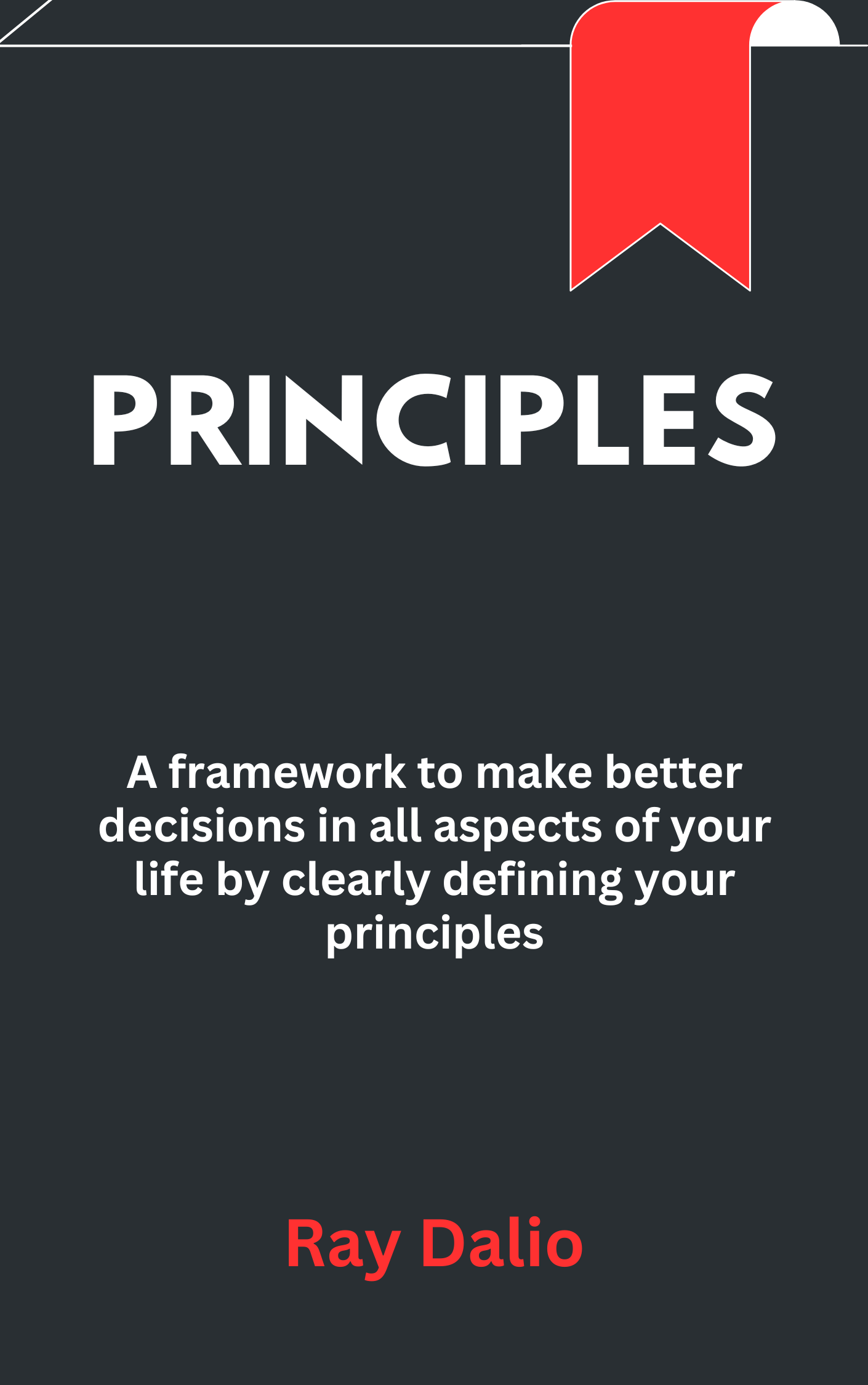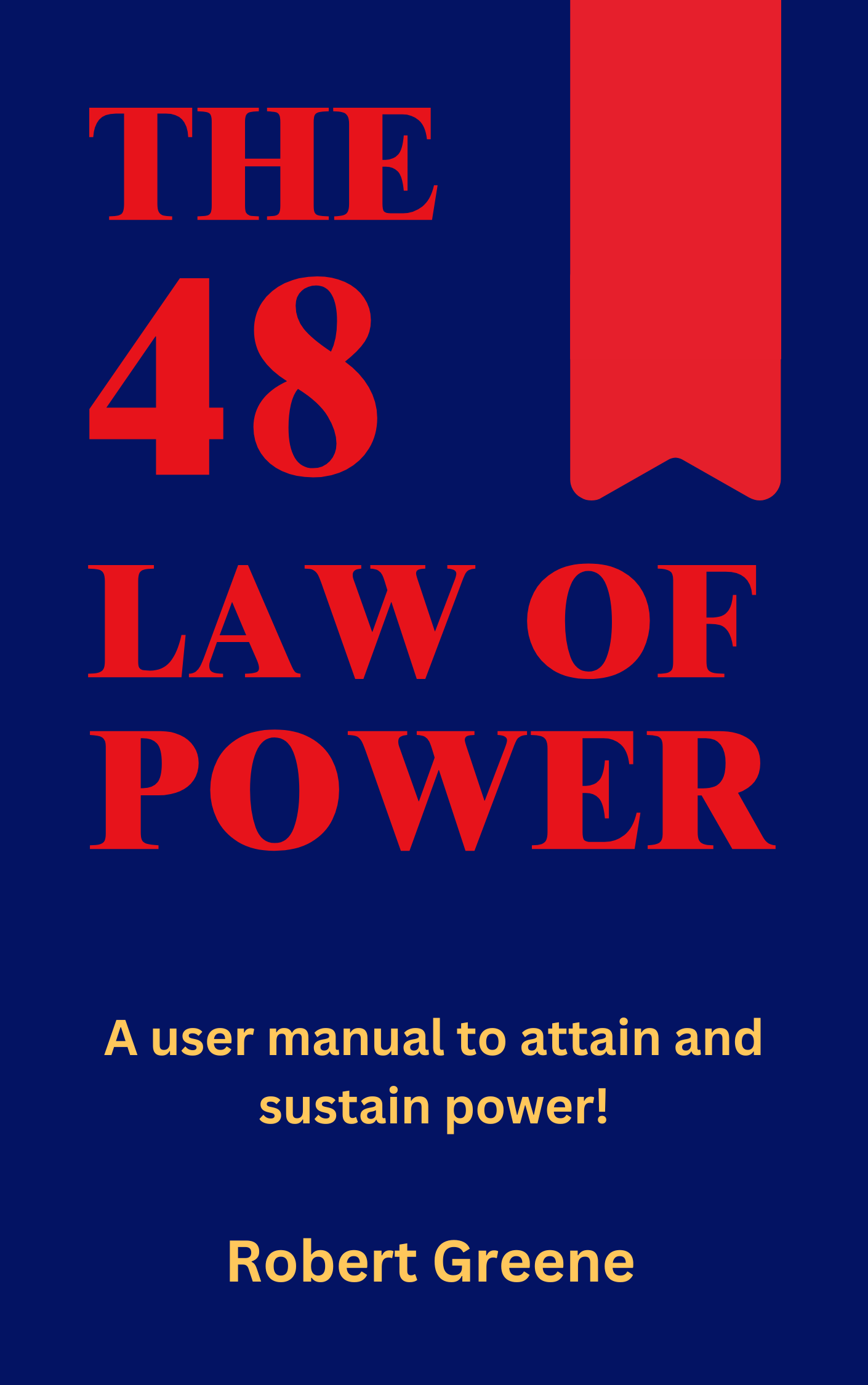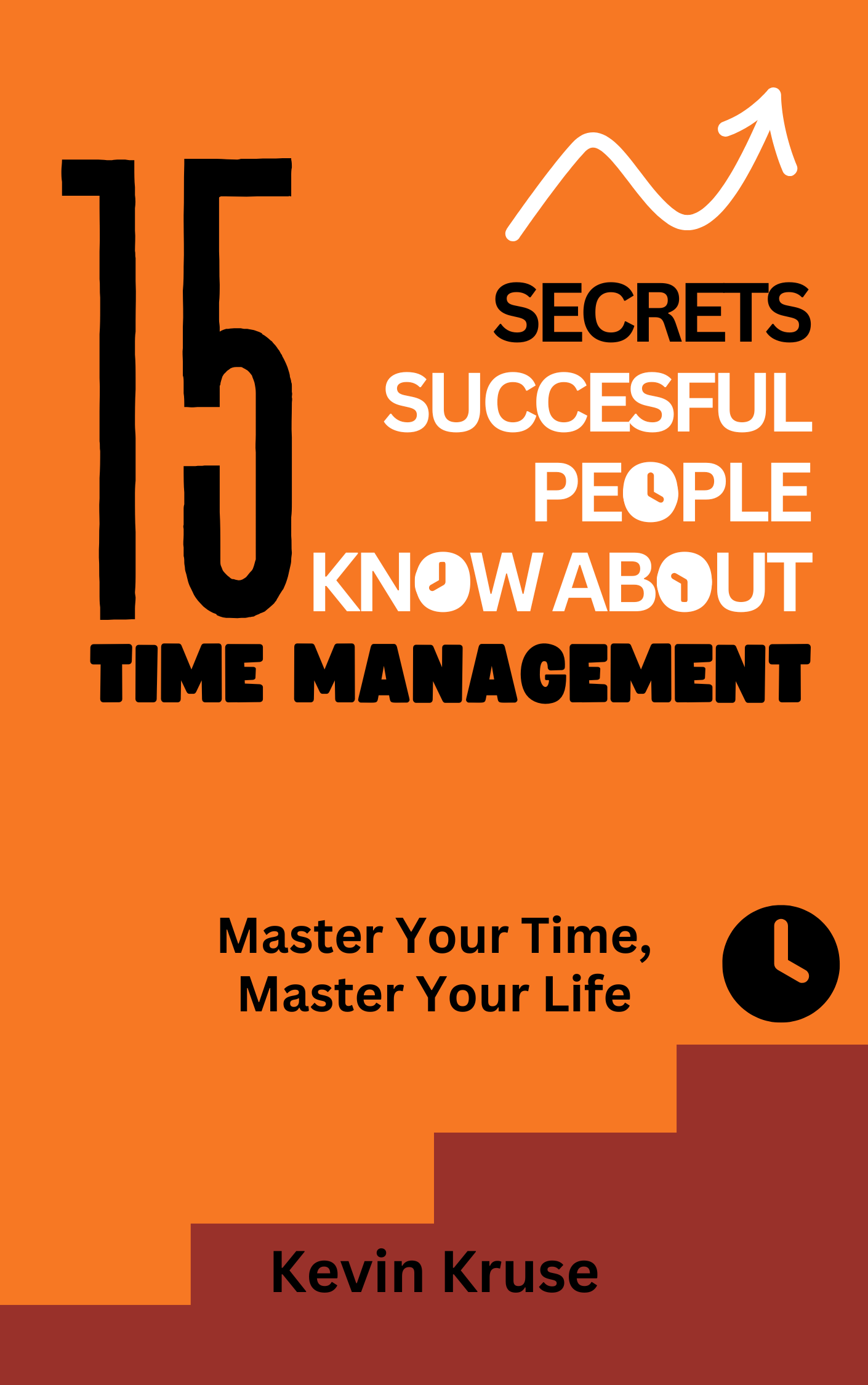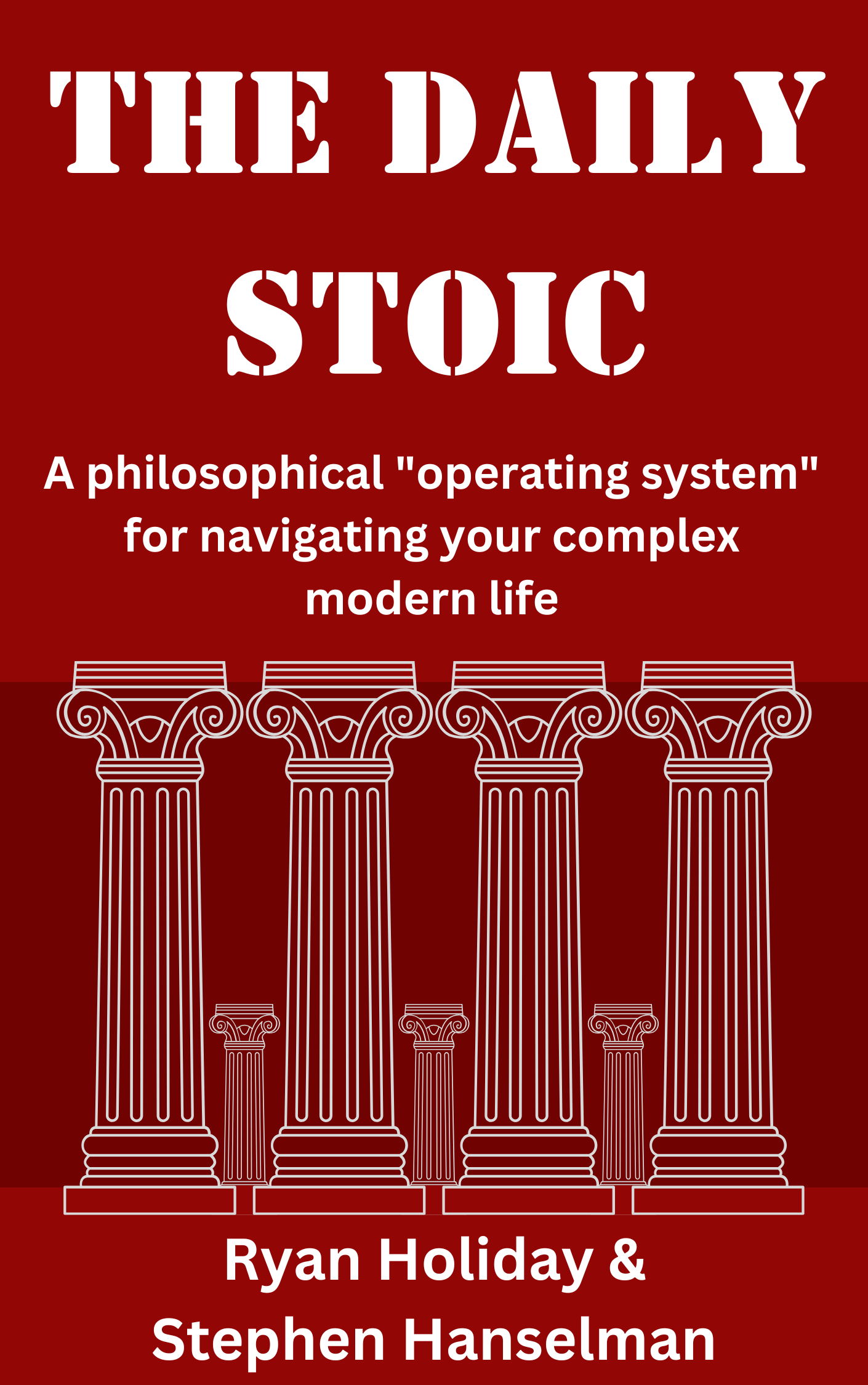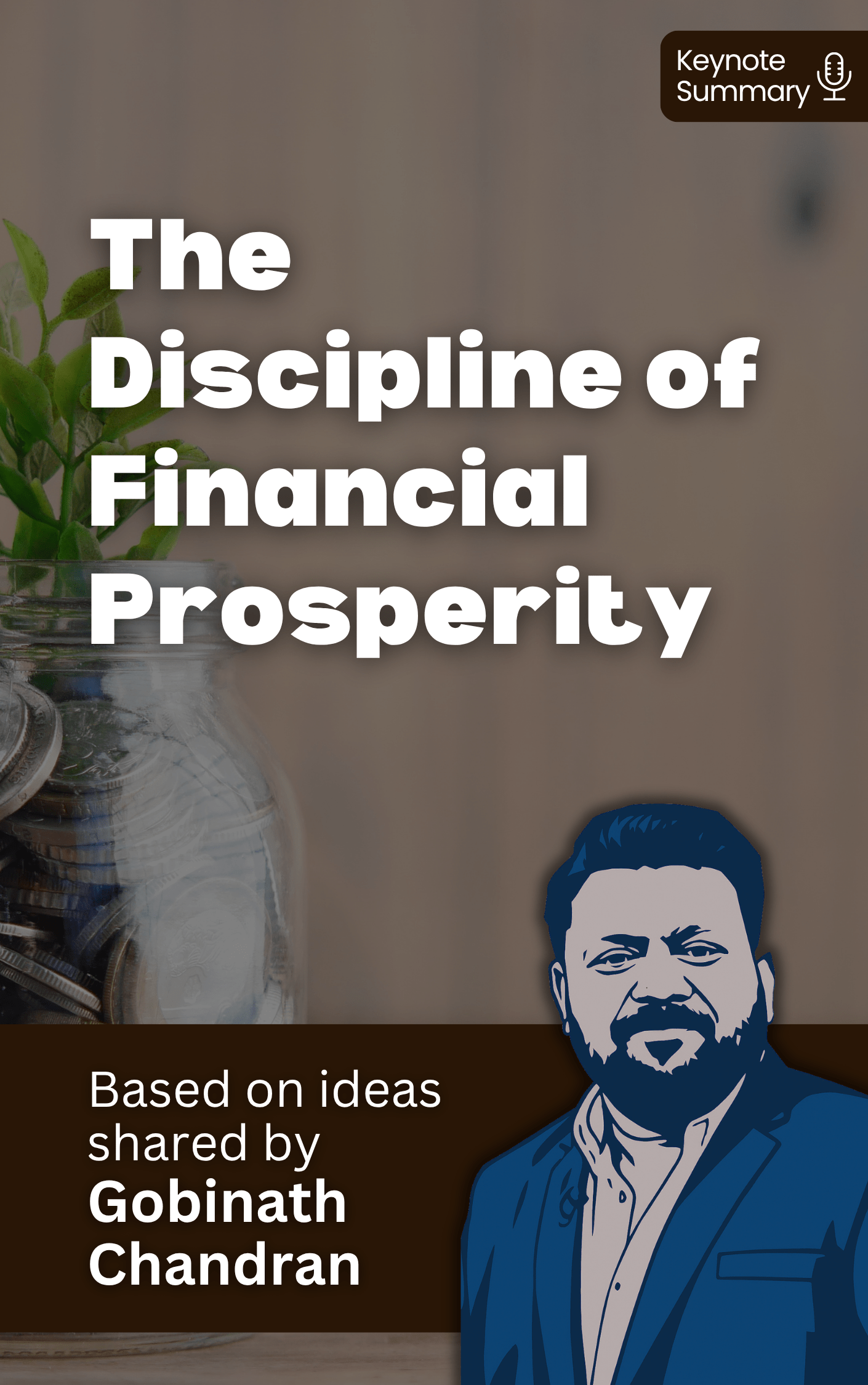Introduction
Do you always get what you want when you try to negotiate?
Negotiation is key to resolving disputes - both personal and professional. In this book, you will learn negotiation tools and techniques practised by the former FBI negotiator, Chris Voss, who shows how such tools are applicable even in day-to-day situations.
Dig deep into his mind as he narrates fascinating stories from his FBI career in Never Split the Difference (2016). Whether you are handling a hostage crisis or wanting an upper hand with a client (or your partner!), effective negotiation helps to bring a favourable outcome in any situation of conflict.
The former FBI negotiator starts each chapter with a real-life story where he saves the lives of hostages through artful negotiation. Voss teaches professional negotiating techniques like active listening, tactical empathy, focusing on the emotional aspect, etc., and makes a convincing case for the reader to utilise the skills in personal or professional situations.
Emphasise emotional and irrational aspects of the human psyche!
We all absolutely want what we want! When two parties want different outcomes, a conflict of interest is bound to happen. An expert negotiator diffuses this conflict of interest by delving deep into the psyche of the counterpart. Master your opponent’s psyche, and you’ll have a clear advantage heading in.
What is the motivation behind a person’s attitude during a negotiation? Early research on high-stakes negotiations primarily focused on rational decision-making and intellectual prowess. Researchers like Amos Tversky and Daniel Kahneman believe that the above premise is not the right approach as people are fundamentally irrational and emotional.
Voss suggests that humans behave instinctively, irrationally, and emotionally during high-stakes and ordinary negotiations. And contemporary negotiating strategies should take the emotional and irrational aspects of decision-making into account.
To clarify this, Voss explains the concept of cognitive biases. A cognitive bias is a deviation from rational/normal behaviour in judgement. Each one of us possesses more than 150 such biases embedded in our psyche. Voss's experience proved that during high-stakes negotiations, people made decisions based on impulsive, irrational, and emotionally motivated behaviour.
What if someone told you that rational thoughts take longer to form in your mind? This means that irrational ideas are able to influence rational ones too. So, there is a tendency within each one of us to resort to irrational thoughts, ideas and behaviour! Consider a time, just before going to sleep, when you were thinking about a brainstorming session you had at work that morning and suddenly conjured up an absolutely bright idea. Or ruminating over a previous debate you had with someone and suddenly came up with a better comeback that you should’ve responded to them by! Though in the pressure & heat of each of those moments, such reasonable arguments & ideas were evasive!
In summary, it is important to understand the deep motivations behind a counterpart's behaviour, and the technique of 'active listening' is the first step to delve deep into a person's motivation.
Become an active listener to gain trust!
Active listening is the first step to comprehend deep-rooted motivations behind a counterpart's behaviour. Active listening allows you to understand the motivations and emotions of your counterpart. For example, a psychotherapist asks questions to understand deep emotions that affect a person’s behaviour. Layer by layer, the psychotherapist delves deeper and deeper and unearths the motivations behind a person's behaviour, which is the first step to changing that behaviour.
Professional negotiators utilise this listening tool to gather more and more information from the other party. And this information can potentially diffuse a situation. Try this with someone you know. See how active listening and repeating of words/behaviour of a person brings instant comfort into the equation. It also allows you to avoid your active biases! Just notice the change in a person's body language when they think that you understand them perfectly.
Let us see an ordinary example to understand active listening. “Grilled sandwich, no lettuce, sure. Anything else?” Next time a friendly waiter repeats the last words you say, notice how it affects you. It builds an instant rapport between the customer and the waiter. The fascinating technique is called ‘mirroring’.
Top-level negotiators use mirroring or repetition of the last words spoken by a person to build trust. Mirroring your counterpart’s behaviour or words reveals that person’s motivations and feelings, important info which you absorb through active listening. And that allows you to foresee their actions and navigate the situation accordingly.
But that’s not all. Mirroring someone’s words often elicits new bits of information that’d be otherwise hard to obtain - your counterpart takes it as a sympathetic overture - a sign of you trying to genuinely connect and understand him and consequently divulges valuable information
The next technique that negotiators utilise skillfully is the control of voice tone.
Two types of voice tones!
The next technique is the deliberate use of slow and soft voice tones. Voice tone is important to achieve the desired outcome in a negotiation. Voss discusses two types of voice tones - the first one being a softer, playful and positive tone.
A positive and easygoing voice tone allows the other person to initiate a cooperative attitude during negotiations. The tone comes out when you speak while smiling. This is the default tone that the negotiators use.
The second voice tone, relaxed and slow, comes with a lower inflection and sounds just like a late-night RJ on the radio. The idea is to showcase authority without threatening the other party. The softer voice tone gives individual control of a situation while creating a safe space for negotiation.
Another tool in your kit is to not speak for some time between utterances as it makes an impression that the negotiator is trying to understand the counterpart’s view. A negotiator usually does a background check on their opponent and then decides the kind of tone (or tones!) best suited for the situation.
We communicate via both verbal and non-verbal cues, and the voice tone brings positive outcomes in all types of negotiation. So choose wisely, practice and supercharge your life.
Now, let us delve a bit deeper into the emotional aspect of negotiation that Mr Voss emphasises in his book.
Use of tactical empathy to get the desired outcome!
Saying ‘no’ is powerful!
Want to get the ultimate “yes” from your counterpart as the final outcome of your negotiation? Well, it may start with pushing to get the all-powerful “no”! Mr Voss explains the power of saying 'no'. Until now, we discussed positive and affirmative behaviour patterns to build trust. Let us now take a look at the power of saying no.
Frankly, we all hate hearing a no, but a negotiator uses this weapon to his advantage. A simple example here might help you comprehend. You've reached a point in your career where you expect a promotion, but there’s no word from the boss. In the next meeting, you try to bring up the topic but your superior dismisses the topic. Learn to utilise the power of saying no here and ask him some simple questions to elicit more information. “Have I not gone above and beyond at work this year?" "Am I underperforming?" Will your senior say “no” once he is cornered like this? Or will he take some time, re-think and say that he will evaluate your quarterly performance and get back to you? Or will he divulge his real reasons behind denying your promotion - giving you the chance to latch onto those & discuss those further with him to get a successful outcome?
Asking relevant questions from your counterpart during a negotiation might force them to say a ‘no’ and give them a false sense of control
A ‘no’ said by you is another weapon in your arsenal - it allows you to take control and gives you time and space to think and formulate appropriate responses & strategies to move forward in the negotiation.
Many people are averse to saying ‘no’ or scared to hear it. But, getting a ‘no’ clarifies what a person wants. It also tells you what they definitely do not want. ’.
A 'no' might create friction. But through this temporary disagreement or friction, you’ll be in a position to establish what you or the other person really wants. Saying and hearing a ‘no’ may eventually lead the discussion into a welcoming ‘yes’, empowering you to win the negotiation.
So take control, extract your counterparts' underlying thoughts and Latch onto them to push home your advantage.
Do not split the difference!
This brings us to the title of the book - ‘Never Split the Difference’! A professional negotiator is not interested in meeting halfway in a hostage-type situation. They don’t concede. They don’t aim for a middle ground. It is their job to create maximum leverage while satisfying the other party to a certain extent. Let us take a look at the two tools mentioned here.
‘Time’ is a crucial tool. Negotiators use the time to create anxiety or pressure. Many negotiators talk in numbers or deadlines to apply added pressure. Correct application of deadlines might result in an error, giving you time and an advantage.
In layman's terms, this means that when you negotiate your promotion with your boss, you get to use a deadline. Give him/her a specific period after which you will start looking for a new opportunity.
But remember - deadlines are often flexible! A skilled negotiator will make full use of it. In the earlier example, push it to the limit - that may help you get an earlier outcome from your boss. But, if the initial deadline is about to expire, and your boss genuinely requests some more time to work something out, you can extend that deadline, safely knowing there’s some flexibility before your career aspirations necessitate a move elsewhere.
The second tool which Voss talks about is a sense of fairness. Again, the writer establishes the dominance of emotions and irrationality over rational thinking. Logical thinking may take us toward a decision, but the final moment is dictated by what we really feel about something. So, our FBI negotiator establishes through real examples that the final decisions of the counterpart during high-stakes hostage crises were motivated by emotions and irrational behaviour.
For example, let us go back to our office example. Just imagine making use of the word ‘fair’ in your discussion about promotion. For instance, if you gently slide the phrase “just want you to be fair with me” in your discussion, your superior is obliged to feel uneasy. When you say this gently, you are building rapport and establishing trust, which can lead to a positive outcome
Next, we take you toward finding the mystical Black Swans for the final breakthrough!
Finding the Black Swan!
The mystical Black Swan refers to the unexpected and surprising element. Here, it means a surprising piece of information that can tilt the negotiation scales in your favour. Such information is often hidden or conceited and takes time to come to the surface.
A negotiator usually enters a situation with some background knowledge of the counterpart. But that’s often not enough! So when an unexpected piece of information reveals itself during communication, the negotiator can latch onto it to get a final breakthrough!
So, what are the techniques that a professional will utilise to actively hunt for Black Swans? Asking the calibrated question is one way. Paying attention to body language, and nonverbal cues is another way. The idea is to become an open listener and seek information beyond the obvious. Plus, you can’t get unexpected information through non-physical modes of communication. So emails & texting are off the table - it forewarns your opponent. Sitting face to face and analysing changes in a person’s body language and voice tone is a crucial piece of evidence to find the mystic black swan!
Our old friends, mirroring and labelling, can also ring a spell here!
So, what is the course of action once you discover an important piece of information? A Black Swan gives you “leverage” to reach a favourable outcome. Leverage can be both positive and negative. Positive leverage is not a threat. It means you are well aware of & possess what the other party wants and inform them what you want in return.
Negative leverage is different. With negative leverage, you possess the power to cause them a loss. For example, a person’s reputation might be at stake due to a piece of information and you use it as a threat so that the counterpart accepts your offer. Negotiators use negative leverage rarely as it can trigger a negative response from the counterpart.
Voss also talks about normative leverage. Suppose you are aware of someone’s moral standards and find key information that goes against the said standard. You can use this leverage by pointing out the gap between a person’s words and actions.
So, if a Black Swan flies towards you unexpectedly, it is best to utilise it positively, and close the deal!
Chapter 10
Details coming soon.
Summary
We all want to be heard while we live our individual subjective realities! This book points out that what motivates our behaviour may be underlying emotional and irrational biases. You can use psychological cognizance and make use of techniques like active listening, mirroring and saying an emphatic 'no' to negotiate your way to a better life. Also, never waste a black swan!
Every human being wants to be heard and understood. Never Split the Difference equips you with tools to utilise this knowledge to your advantage in personal and professional settings.

.png)





